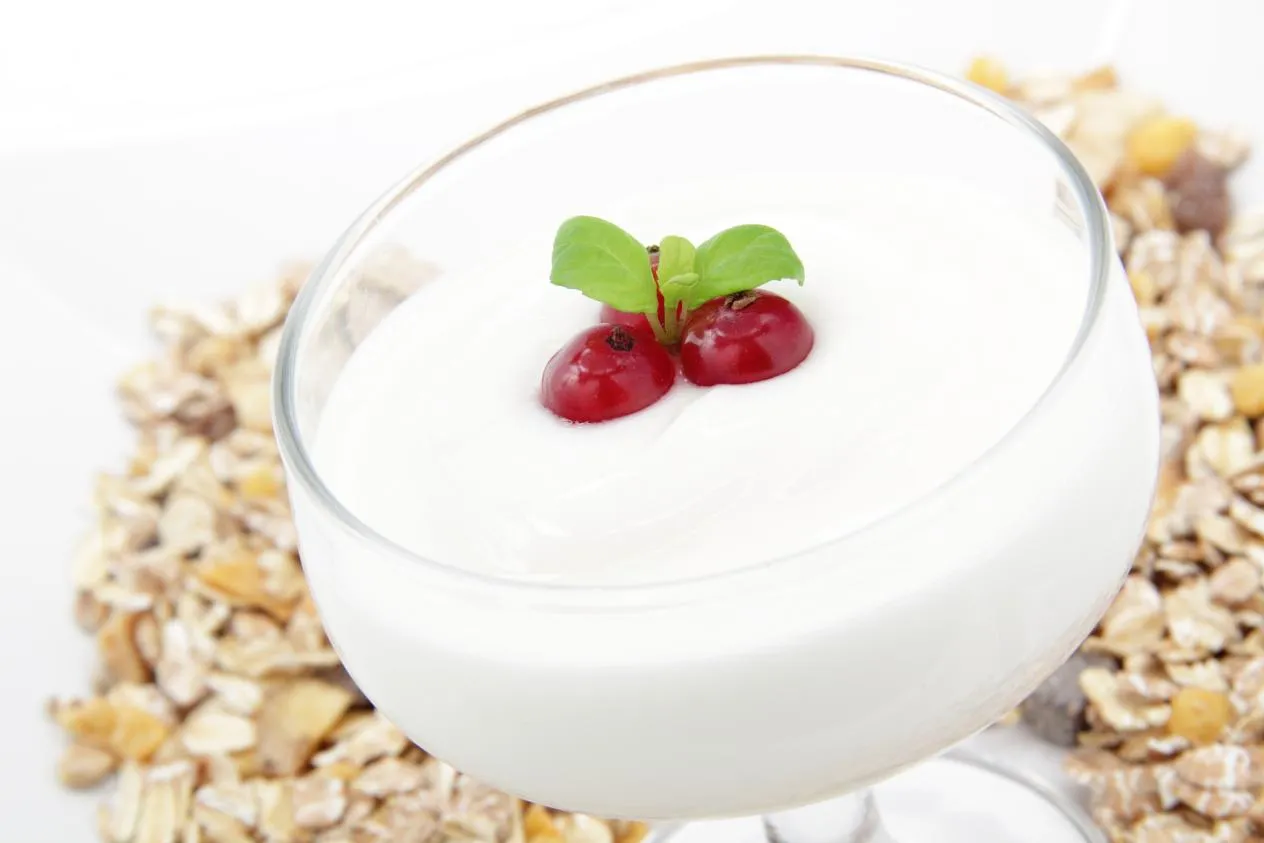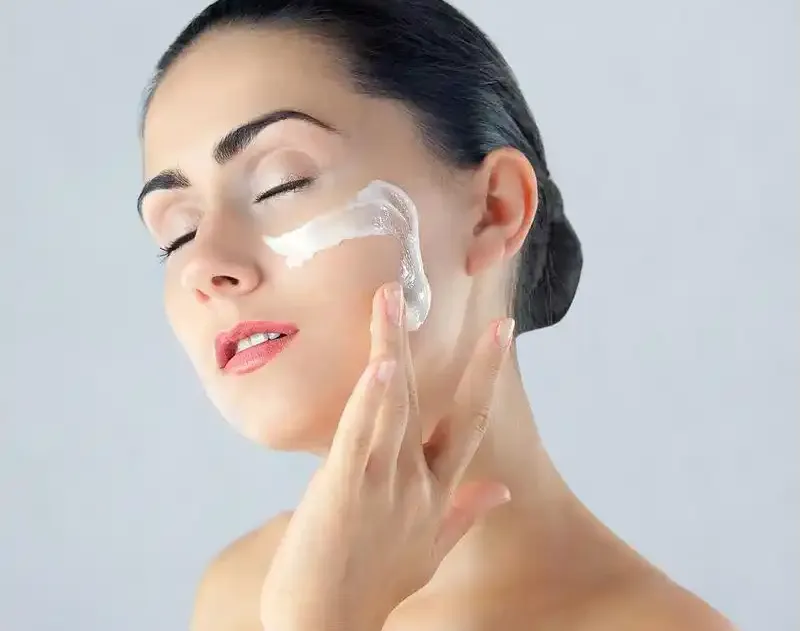
Hydroxyethyl Starch and Hydroxypropyl Starch Phosphate: Applications in Industry, Medicine, and Beauty
Modified starch derivatives have become indispensable across multiple industries, from medical treatments and food processing to cosmetics and personal care. Key ingredients like hydroxyethyl starch, hydroxypropyl distarch phosphate, and hydroxypropyl starch phosphate for hair are widely used due to their versatile properties. This article explores their applications, differences, and growing demand in both medical and cosmetic sectors.

Hydroxyethyl Starch (HES) and Its Medical Applications
Hydroxyethyl starch is a synthetic, modified starch commonly used in medical settings as a plasma volume expander. It is vital in emergency care, surgery, and trauma situations to temporarily restore blood volume. Specifically, hydroxyethyl starch HES improves plasma volume, stabilizes blood pressure, and enhances patient recovery during shock or blood loss.
In intravenous applications, hydroxyethyl starch IV is administered to patients suffering from hypovolemia (low blood volume). It acts quickly to expand blood plasma volume, providing life-saving support in critical care situations.
While effective, medical professionals choose the type and molecular weight carefully to match the patient's needs. Modern HES formulations aim for maximum efficacy with reduced side effects, making it a standard choice in hospitals worldwide.

Hydroxypropyl Distarch Phosphate and Its Role in Food and Cosmetics
In the food industry, hydroxypropyl distarch phosphate is a popular modified starch used as a stabilizer, thickener, and emulsifier. This additive enhances the texture and stability of products like sauces, dressings, soups, and dairy items. It is commonly listed as hydroxypropyl distarch phosphate E1442 on ingredient labels, recognized globally for its safety and functionality.
Beyond food, starch derivatives are increasingly used in the beauty and personal care industry. Hydroxypropyl starch phosphate for hair is a popular ingredient in conditioners, styling creams, and hair masks. It provides slip, smoothness, and lightweight conditioning, making hair easier to manage without weighing it down. For individuals with curly or frizzy hair, this ingredient helps enhance definition and reduce frizz.
Similarly, hydroxypropyl starch phosphate in skin care is valued for its ability to improve product texture, enhance spreadability, and deliver a silky-smooth finish. It also serves as a mild thickener and film-forming agent, contributing to a luxurious sensory feel in moisturizers, serums, and lotions.
Additionally, sodium hydroxypropyl starch phosphate is often used in shampoos and conditioners as a stabilizer and conditioning enhancer, further improving the user experience by adding softness and ease of application.
If you're sourcing these starch derivatives for manufacturing, choosing a reputable supplier like HPS company is crucial. Reliable suppliers ensure consistent quality, regulatory compliance, and technical support across industries.
FAQ: Common Questions About Hydroxyethyl Starch and Hydroxypropyl Starch Phosphate
1. What is hydroxyethyl starch HES, and how is it used medically?
Answer: Hydroxyethyl starch HES is a plasma volume expander used in IV treatments to restore blood volume in cases of shock, surgery, or trauma. It improves hemodynamic stability in emergency medical care.
2. What does hydroxypropyl distarch phosphate E1442 do in food products?
Answer: It acts as a thickener, stabilizer, and emulsifier in processed foods, enhancing texture, improving freeze-thaw stability, and preventing water separation in sauces, soups, and dairy products.
3. How does hydroxypropyl starch phosphate for hair benefit hair care products?
Answer: It improves detangling, reduces frizz, enhances smoothness, and provides lightweight conditioning, making hair easier to style without heaviness.
4. What is the role of hydroxypropyl starch phosphate in skin care?
Answer: It functions as a mild thickener and film-former, improving texture, spreadability, and skin feel in moisturizers, lotions, and serums.
5. How do I choose the right supplier, like HPS company, for starch derivatives?
Answer: Look for suppliers with a strong reputation for quality, regulatory compliance, technical support, and reliable global delivery to ensure consistent product performance in food, cosmetic, and pharmaceutical applications.
-
Hydroxypropyl Starch as a Sustainable Construction AdditiveNewsNov.24,2025
-
The Gelation Properties of CMCNewsNov.21,2025
-
Redispersible Latex Powder and Water Retention CapacityNewsNov.21,2025
-
Dosage Control for Polycarboxylate Water ReducerNewsNov.21,2025
-
Film-Forming Properties of Polyvinyl AlcoholNewsNov.21,2025
-
The Function of Gypsum Additives in MortarNewsNov.21,2025





















